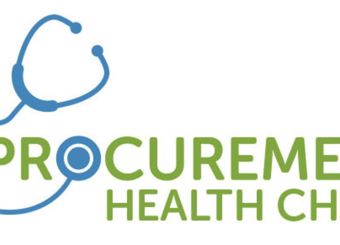What is eSourcing?
eSourcing, sometimes called electronic sourcing, uses web-based systems to collect and compare information about several suppliers to help the buyer select a preferred provider.
The technology offers several benefits; it is designed to assist organizations in generating savings from their supply chains, increase the visibility of key business information, and reduce the time it takes for procurement professionals to do their day-to-day tasks.










